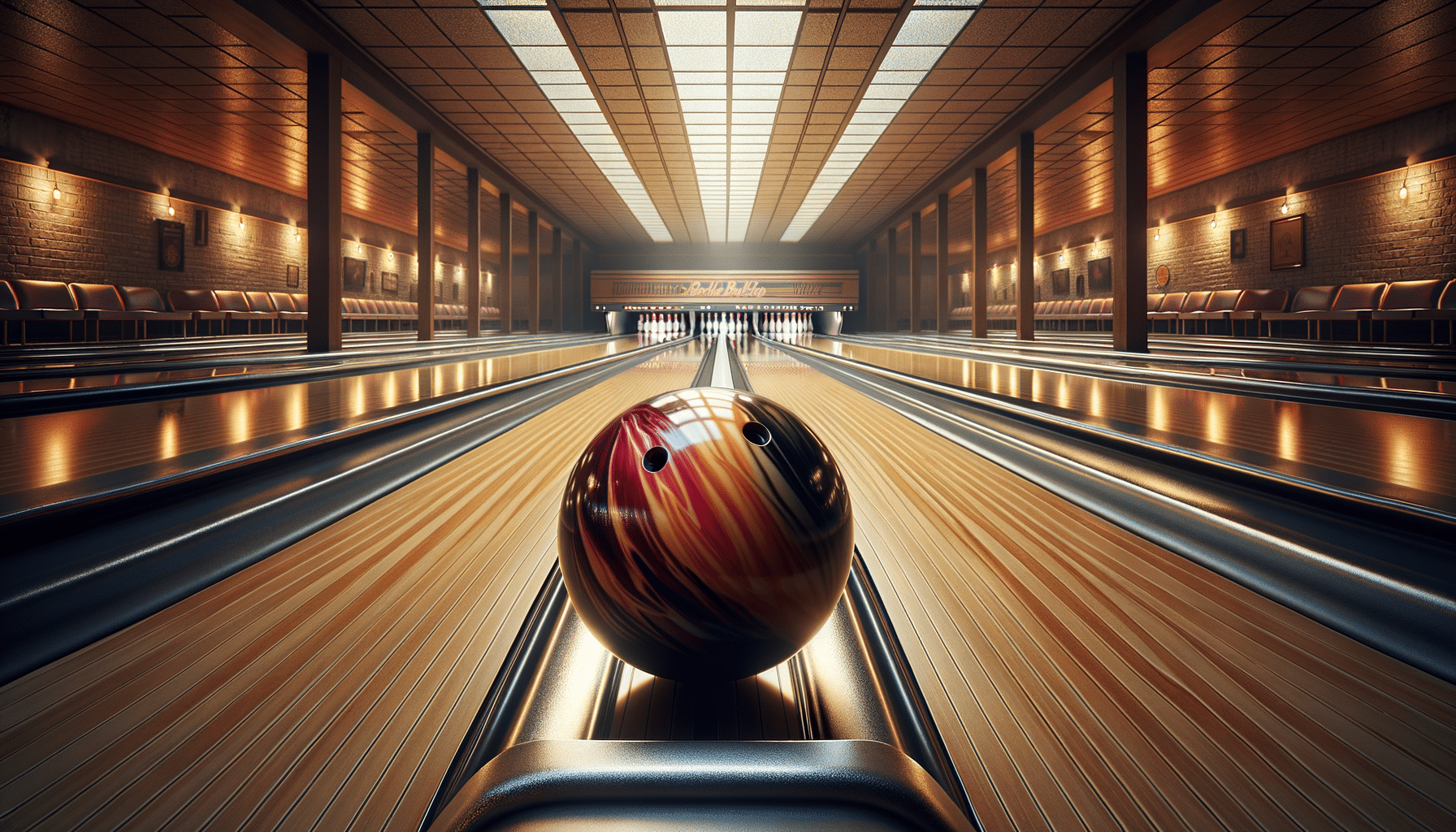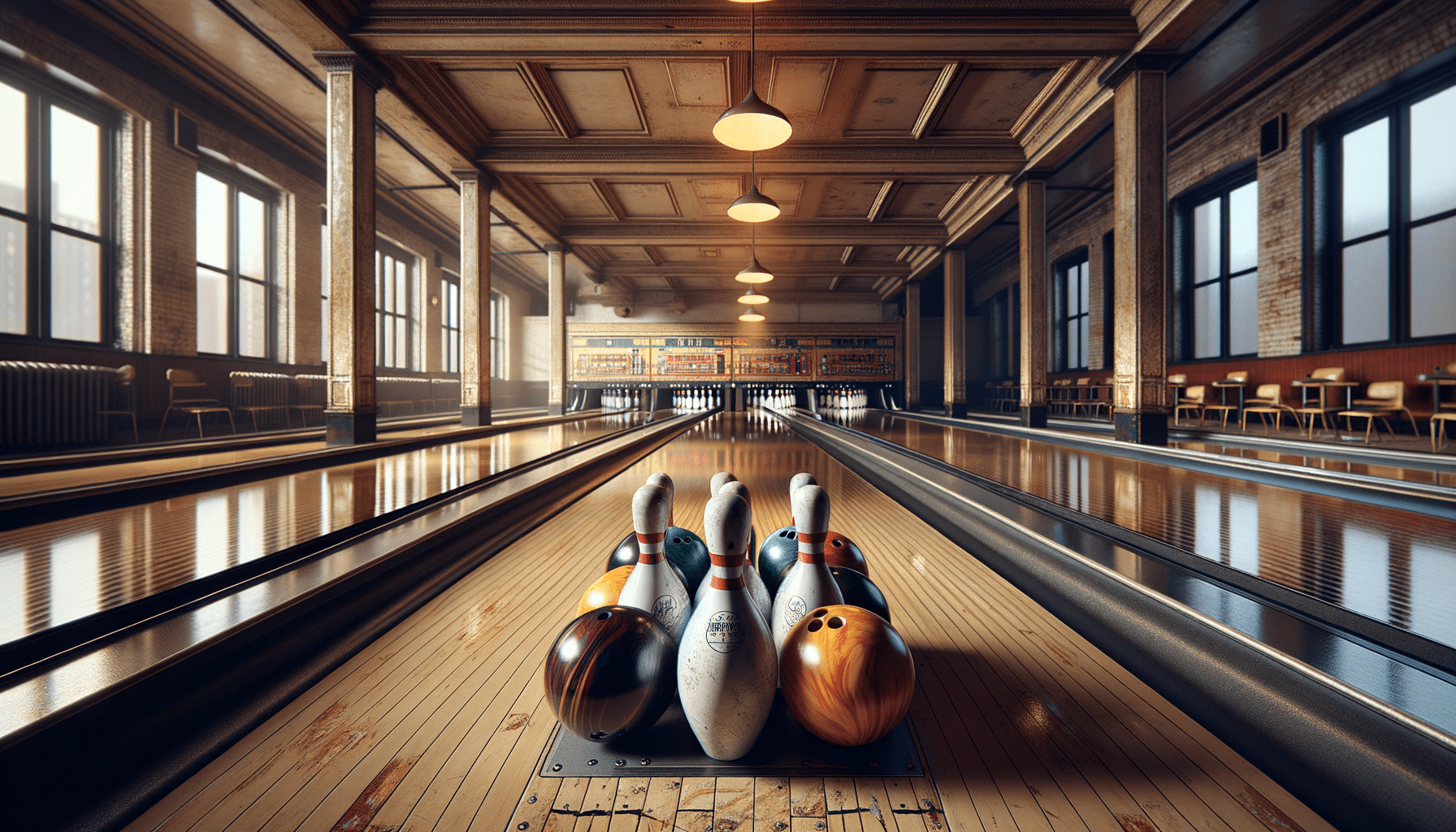
The Art and Science of Bowling: A Comprehensive Guide
Introduction to Bowling
Bowling is more than just a pastime; it’s a sport steeped in history and rich with techniques that captivate millions around the globe. From professional leagues to casual weekend games, bowling offers a unique blend of physical skill and strategic thinking. Understanding bowling involves delving into its historical roots, appreciating its evolution, and recognizing its significance in both competitive and recreational contexts. This article aims to provide an insightful exploration into the world of bowling, highlighting its importance and relevance today.
The History of Bowling
The origins of bowling can be traced back to ancient civilizations, with evidence suggesting that forms of the game were played in ancient Egypt as early as 3200 BC. Over the centuries, bowling has evolved significantly. In the Middle Ages, it gained popularity in Europe, particularly in Germany, where it was used as a religious ritual to test faith and purity. As the game spread, it took on various forms, including lawn bowling in England and ninepins in colonial America.
In the 19th century, bowling underwent significant transformations. The introduction of standardized rules and equipment led to the development of ten-pin bowling, which became particularly popular in the United States. The establishment of the American Bowling Congress in 1895 marked a pivotal moment, as it helped to formalize the sport, setting the stage for the professional leagues and tournaments we see today.
Today, bowling is a global phenomenon, with variations such as candlepin and duckpin bowling adding to its diversity. Its rich history reflects its adaptability and enduring appeal, making it a beloved activity for people of all ages and backgrounds.
Techniques and Strategies in Bowling
Bowling is a game of skill, precision, and strategy. Mastering the techniques of bowling requires understanding the mechanics of the game and the physical demands it places on the body. The approach, delivery, and follow-through are critical components of a successful bowling technique. A bowler’s stance and grip can greatly influence the ball’s trajectory and impact.
Effective strategies often involve analyzing the lane conditions and adjusting one’s technique accordingly. Bowlers must be adept at reading oil patterns on the lanes, which can affect ball speed and direction. The use of spin, or hook, is a common strategy employed by skilled bowlers to control the ball’s path and increase the likelihood of a strike.
In addition to physical skills, mental preparation is vital. Focus, concentration, and the ability to remain calm under pressure are essential attributes for success. Whether playing competitively or recreationally, understanding and applying these techniques and strategies can enhance one’s performance and enjoyment of the game.
Bowling Equipment: Balls, Pins, and Lanes
The equipment used in bowling is designed to enhance the playing experience and ensure fairness in competition. Bowling balls are perhaps the most critical piece of equipment, available in various weights and materials to suit different playing styles. Modern bowling balls are typically made of urethane, reactive resin, or plastic, each offering distinct advantages in terms of grip and control.
Bowling pins are standard in size and weight, strategically arranged in a triangular formation at the end of the lane. The objective is to knock down as many pins as possible with each roll. The lanes themselves are constructed from wood or synthetic materials, coated with oil to reduce friction and influence ball movement.
Understanding the role of each piece of equipment can significantly impact a player’s game. Choosing the right ball, maintaining equipment, and being aware of lane conditions are crucial factors that contribute to successful bowling.
Bowling as a Social and Competitive Sport
Bowling serves as both a competitive sport and a social activity, bringing people together in a relaxed and enjoyable environment. Bowling alleys are often bustling with activity, hosting leagues, tournaments, and casual games that cater to all skill levels. The social aspect of bowling is one of its greatest appeals, offering a fun and accessible way for friends and families to connect.
In the competitive realm, bowling has a strong following, with professional bowlers competing in tournaments worldwide. The Professional Bowlers Association (PBA) and other organizations host events that draw large audiences and offer substantial prizes. These competitions showcase the high level of skill and dedication required to excel in the sport.
Whether pursued as a leisure activity or a competitive endeavor, bowling provides countless opportunities for social interaction and personal growth. It encourages teamwork, sportsmanship, and a sense of community, making it a cherished pastime for many.


